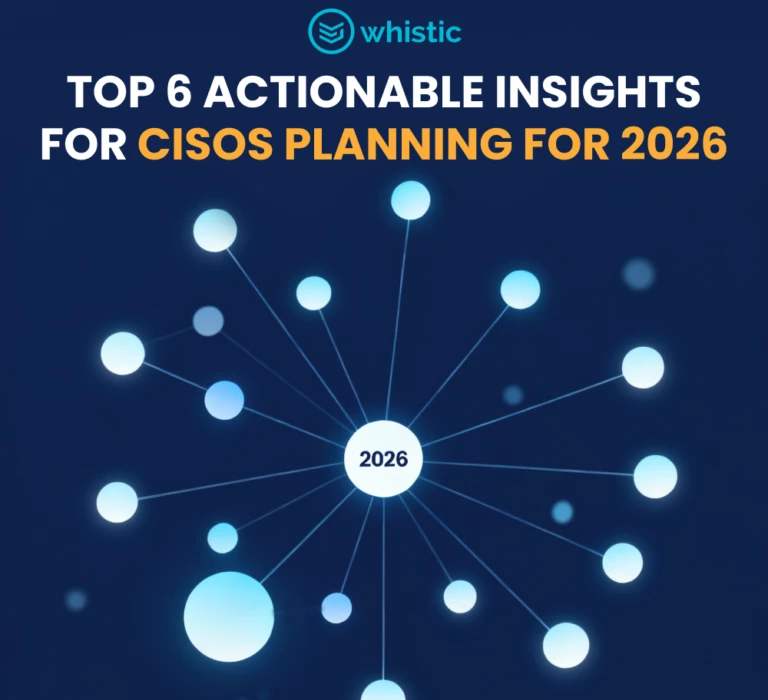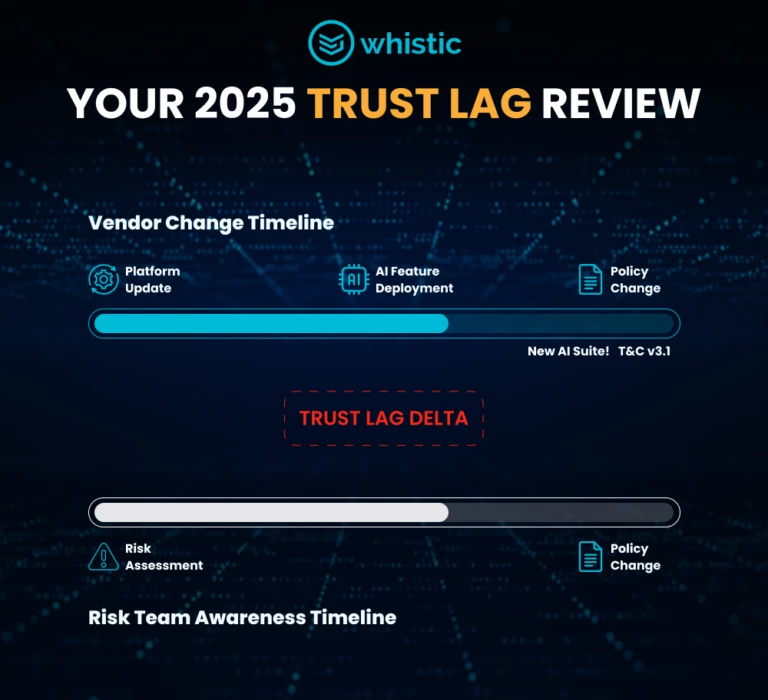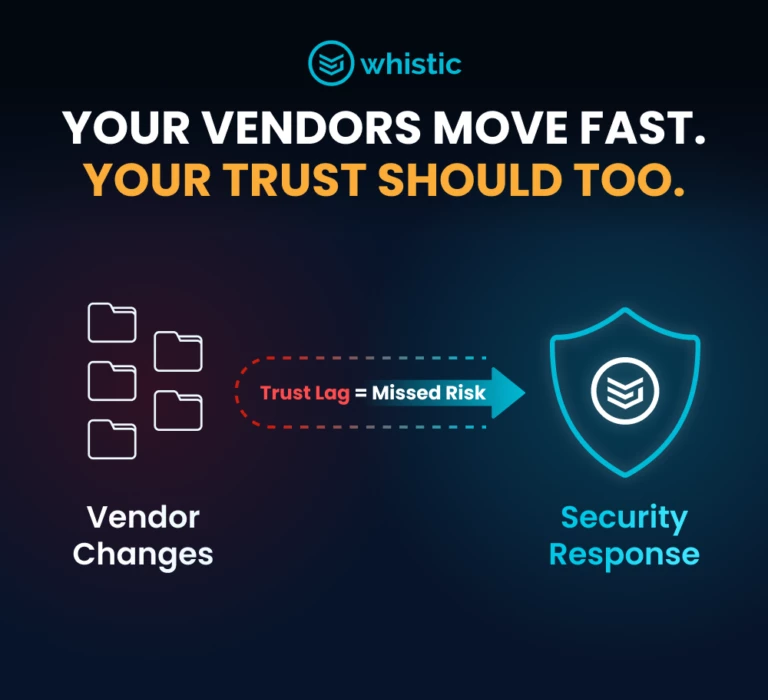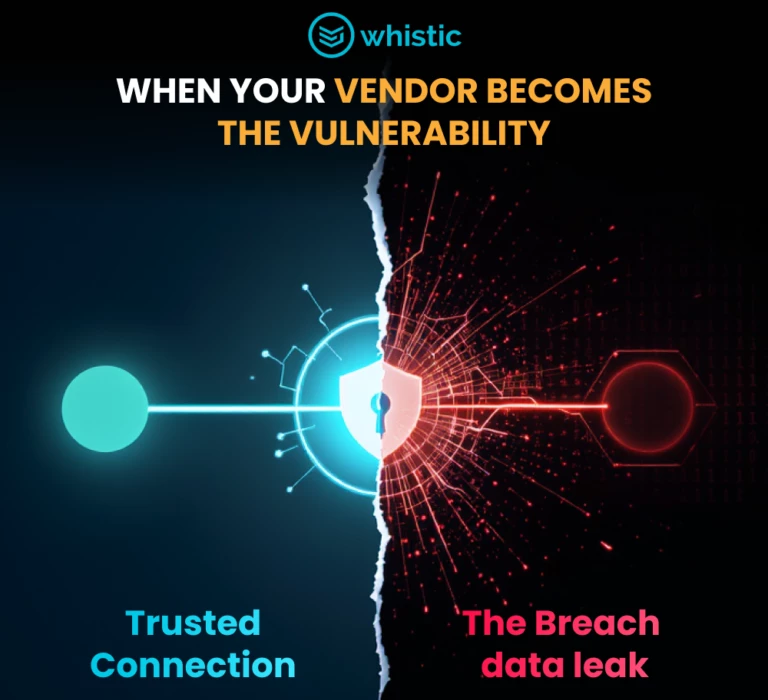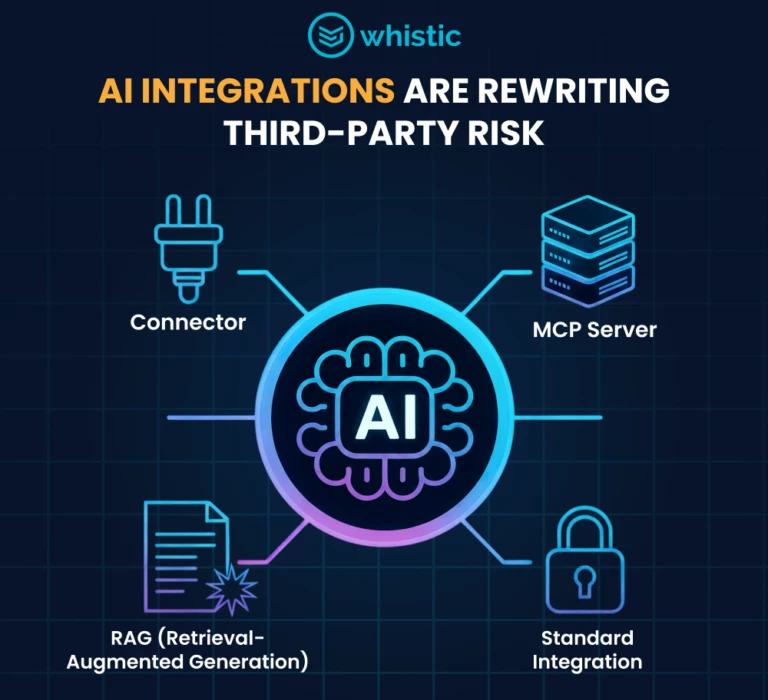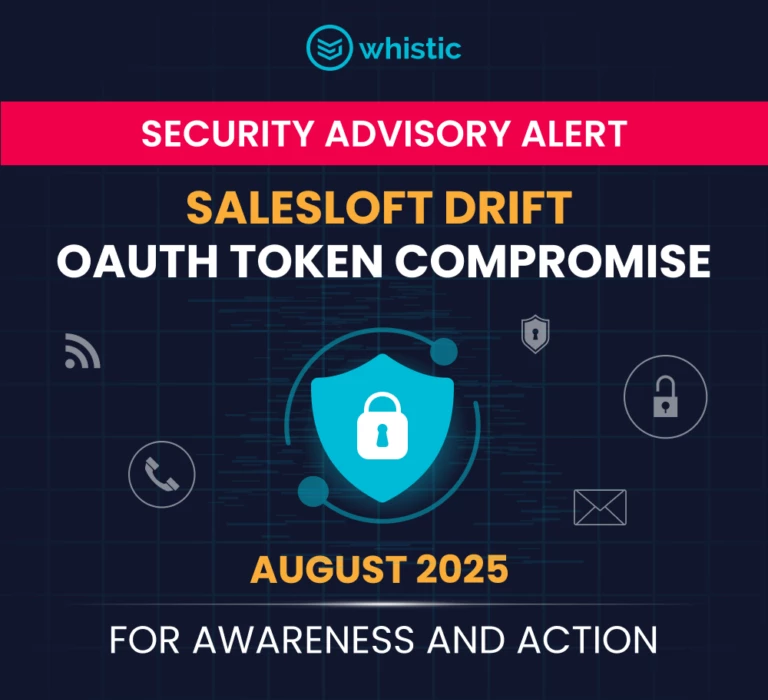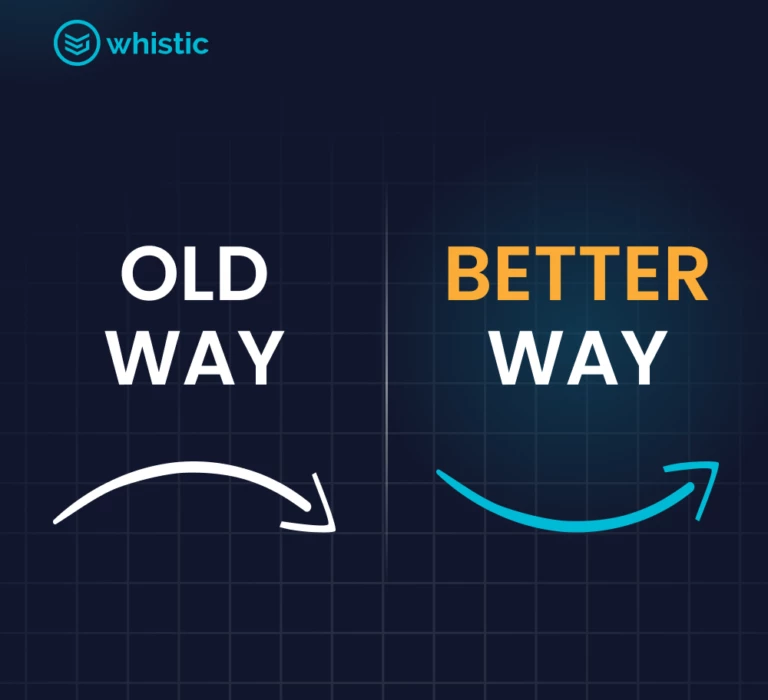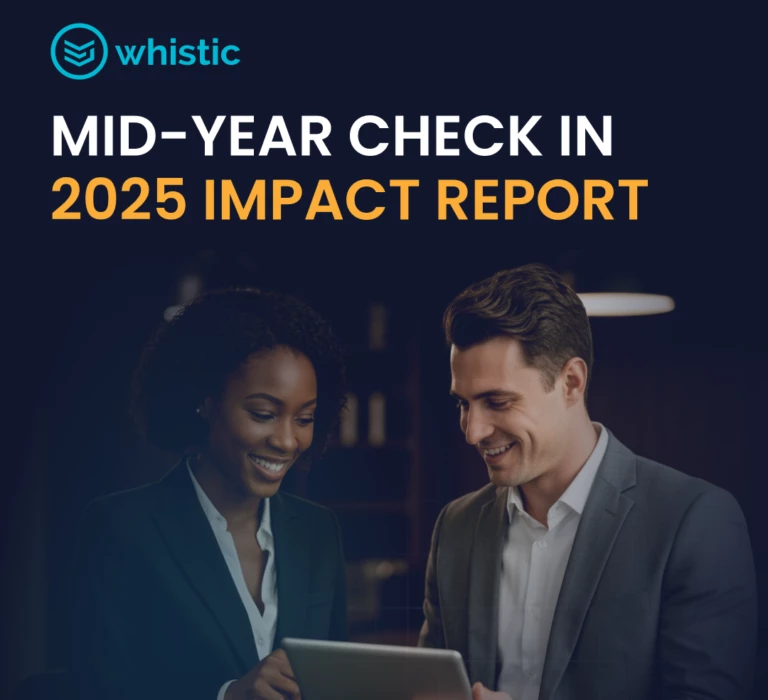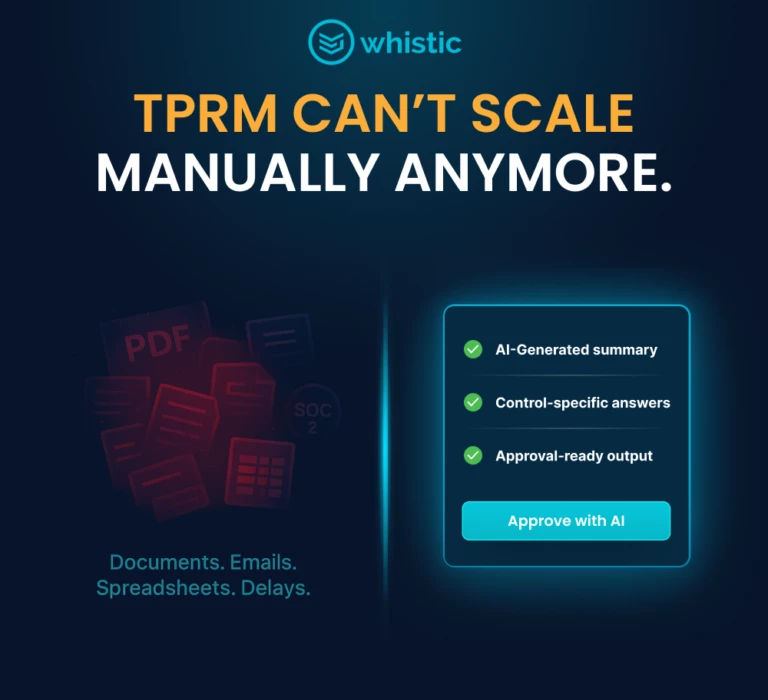
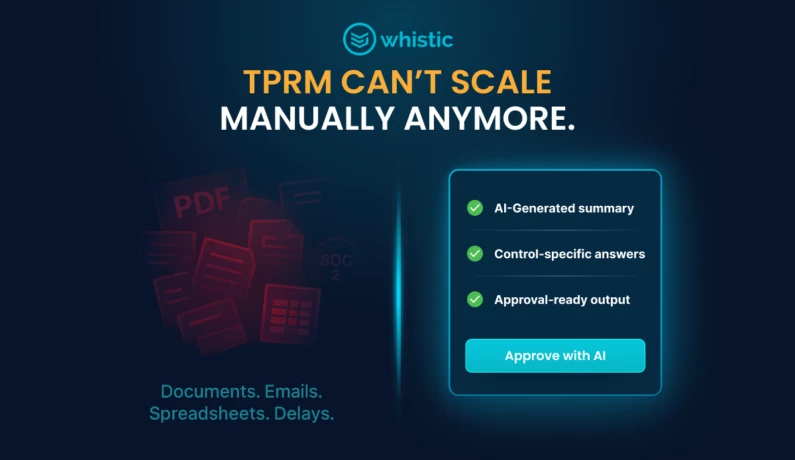
Partnering with Automation
Scale third-party risk management (TPRM) for 2026 with AI automation — continuous, event-driven vendor risk scoring, faster breach response, and board-ready financial risk quantification.
Read MoreReady for faster assessments, richer insights, and lower costs? Meet the next generation of Assessment Copilot.
Ready for faster assessments, richer insights, and lower costs? Meet the next generation of Assessment Copilot.
The latest blogs, webinars, customer stories, product updates, and industry news for proactive, trust-first vendor security.


Scale third-party risk management (TPRM) for 2026 with AI automation — continuous, event-driven vendor risk scoring, faster breach response, and board-ready financial risk quantification.
Read More